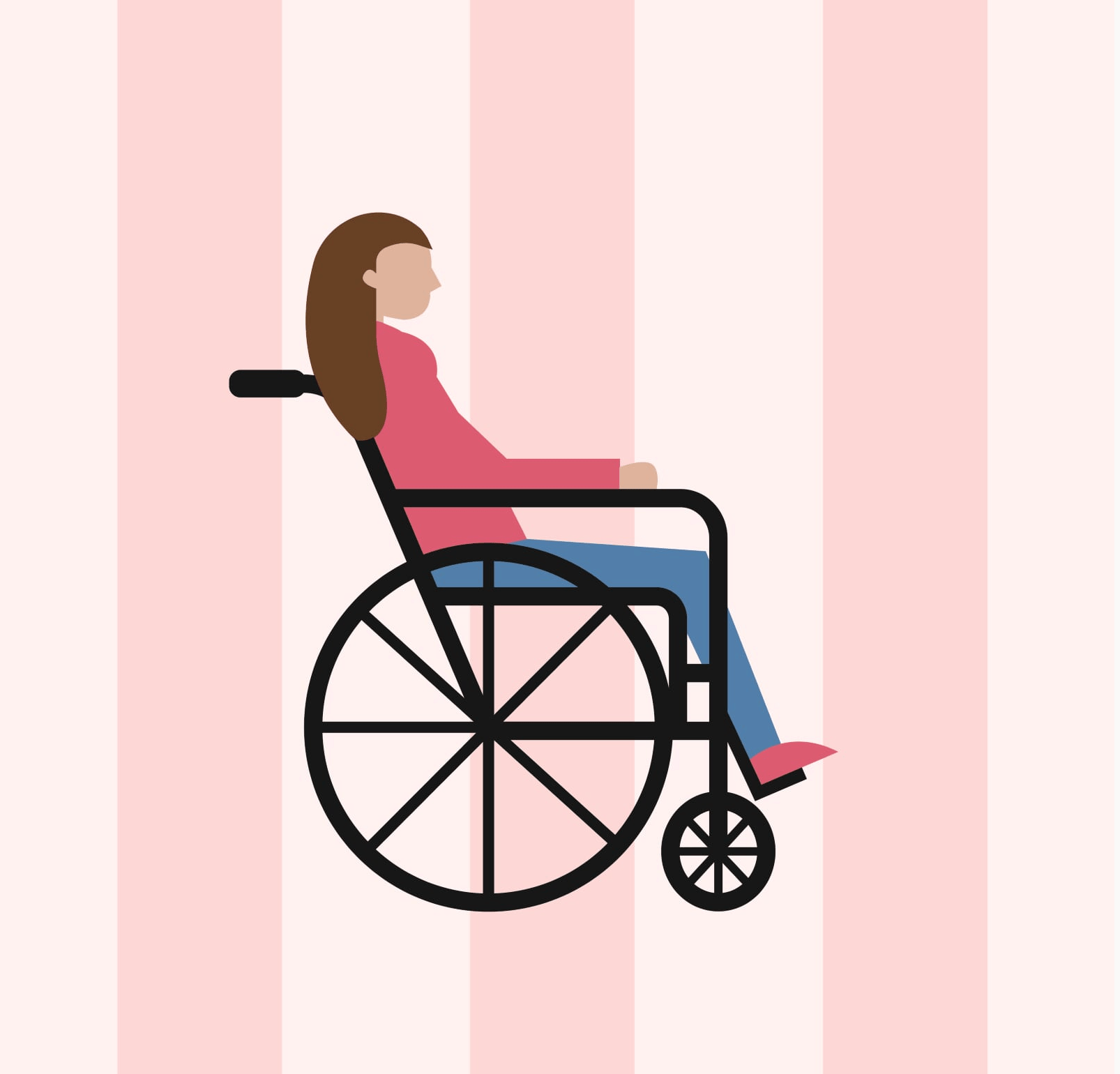On Thursday May 28th, the Belgian university hospital UZ Leuven implanted a new type of wireless minipacemaker in a patient. This was a first in Europe. The new generation of minipacemakers allows two times as many patients to qualify, in comparison with the first generation.
The Micra pacemaker is a wireless minipacemaker that has been used in UZ Leuven since 2015. Surgery for such a small pacemaker is a lot less invasive than for a normal pacemaker. The device is placed in the heart via a small incision in the groin. The minipacemaker is invisible to the patient and in the first generation of the device, researchers found that the number of complications could be reduced with 63 percent.
Helping more patients
So far, the minipacemaker could only be used in 16 percent of the patient requiring a pacemaker. “The first generation of the device only measured the heart activity in one ventricle of the heart. Patients that needed to have the heart activity in the atrium measured as well, did not qualify. With this new type of pacemaker, we can also treat patients with a complete interruption of the heart activity between the ventricle and the atrium”, according to dr. Christophe Garweg, cardiologist in UZ Leuven.
With the new generation of the Micra pacemaker, up to 40 percent of the patients could qualify. Dr. Garweg: “The new pacemaker can also measure heart activity in the atrium and as such coordinate the electrical activity between atrium and ventricle. This restores the normal heart rhythm and improves the patient’s quality of life. The minipacemaker operates more or less like a conventional pacemaker, which is implanted under the skin and connected to the heart with two leads.”
First implants
UZ Leuven was actively involved in the development of the new pacemaker. At the moment the new type of pacemaker is only used in the context of clinical trials. At a later time, its use will be extended. In the meantime, the new pacemaker has been implanted in two patients. Both procedures went according to plan, and both patients are doing well.
A revolution for the pacemaker
The development of the wireless pacemaker in 2009 was a big revolution in the history of the pacemaker. It was the first big step forward since the clinical introduction of the pacemaker in the sixties. Worldwide, 35,000 Micra-systems have been implanted. UZ Leuven started with implanting the minipacemakers as the first Belgian hospital in 2015. In the meantime, for Belgium UZ Leuven is the hospital with the most expertise in Micra’s, in Europe it is in the top 5. In Belgium, the technology is not yet reimbursed so for now UZ Leuven finances the device for the patient with its own means.
Pacemaker and bradycardia
A pacemaker is required when a patient’s heart rhythm is too low (bradycardia) and medication is no longer sufficient. It stops the heart from pumping enough oxygenated blood through the body. Patients experience difficulty during physical exercise: they faint, tire quickly, and run out of breath more quickly. A pacemaker replaces the heart’s natural rhythm thanks to electrical impulses.






